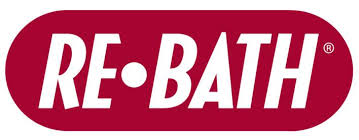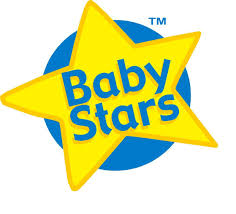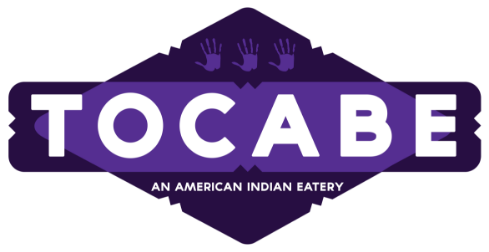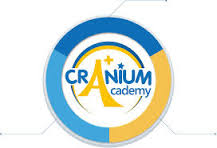Peace of Mind, Documented & Delivered
No Structure. No Peace.
Without a clear structure, things spiral fast. Disorganization spreads, team energy drops, and customers notice. It’s like an infection — and it needs a fast cure. Documenting your successful policies and procedures are half the battle. Writing and publishing effective tools, such as standards-based operations and training materials are our specialty. SOPs, and their support materials, become the foundation of every lasting business. The question is: Do your SOPs work for you?

Written standards protect your brand.
Successful franchisors and chain operators know that written standards protect their brand and empower their people. Clear, consistent manuals keep everyone on track and give you peace of mind. Custom-crafted SOPs, training programs, onboarding manuals, and instructional curricula — designed to turn your unique processes into clear, repeatable systems that work. A comprehensive operations manual empowers franchisees to run profitable stores, even when the economy gets tough.
Our mission is to help you document your processes, procedures and policies to give you peace of mind.

Flexible Support
Great for
⦁ You set the budget
⦁ Short turn around project
⦁ Operations and training consulting
⦁ Franchise development coaching support
⦁ You’ve got the hands, we’ve got the brains

Project Based
Why Project Based?
⦁ We set the budget together
⦁ Six to eight months turn around project
⦁ Operations and training manual publication
⦁ Design custom training programs for your people
⦁ You’ve got the brains, we’ve got the hands (and technical expertise)

Fractional Services
Great for
Multiple and ongoing project needs
Less expensive than a single employee
On-demand services
Join The Jumpstart Jolt.
Sign Up for the Jumpstart Jolt! Today
The Jumpstart Jolt! The franchise supplier newsletter is a way for us to give back and build community. Using a 1990’s marketing model, the Jumpstart Jolt! is printed and distributed across the United States and Canada. This quarterly newsletter is the product of a variety of franchise suppliers, who believe in franchising as a business model, and are committed to its success. Join us in building the franchise supplier network and subscribe today! By subscribing to the newsletter, you are helping build a strong franchise supplier network. Our goal is to create a publication by and about franchise suppliers and become a go-to resource for one another, as well as franchisors. Your support increases supplier opportunities to showcase the great things happening within the franchise community. In addition, we are offering the opportunity to advertise in the new Marketplace section. Beginning with our August edition, the digital version will be posted on our social media networks. All subscribers receive a 10% discount on any ad they place.
Our newsletter fosters a strong franchise supplier network, a resource for both suppliers and franchisors. It's a publication by and for franchise suppliers, offering a platform to showcase achievements. We also provide advertising opportunities in our new Marketplace section, starting with the August digital edition shared across social media. Subscribers receive a 10% ad discount. Subscribe today and connect with the franchise community!
Client Testimonials


I had the pleasure of working with Jumpstart Franchise Services on a franchise manual for an omni-channel retail company diving into its first franchise opportunity. Craig and Garrett were both prompt and communicative throughout this process. They shared a wealth of information and knowledge with us regarding some practices and helped us to create a working manual in preparation for our first franchise locations. I appreciate their expertise and hard work that they put into the development of this manual. I would recommend their services to anyone looking into franchise manual creation.
James Paolino – Dover Saddlery


It’s been wonderful working with you and I really appreciate your generosity with The Lime Truck franchise training program.
Jeff Sweetman – COO, The Lime Truck


Having been involved in a ton of franchised, boot-strapped start-ups, I can attest that Operations Manuals are an enormous investment of time, energy and resources in any company. JumpStart Manuals are a great way to build a professional Operations Manual affordably and quickly by following these time-tested principles.
Michael Haith – Founder, Franchise Sherpas


As for functionality, I think it has a lot of good features and would highly recommend new franchisors utilize it out of the gates as a base camp for communication and repository of information. It’s a great product especially for the cost. For the basics of providing a central location for system wide documents and files, a great online solution for the ops manual, and providing a platform for communications across the system, I think it works great.
Jason Paulo – Founder, MonkeyBizness


We loved the template you gave us… it saved us a ton of time.....
Eddie Gray – President, Cranium Academy


Craig graciously offered to help me develop a guidebook for the field trips I do. The content, aesthetics, and professionalism of the final product exceeded my expectations and the students were also thrilled by it. Craig was able to translate complex ideas in a readable manner complimenting my YouTube channel.
Michael R. Daigle – Partner, Cheng Cohen LLC


I’ve known Craig and his work for at least 20 years (probably more) since our time at Quiznos. After 20 something years inhouse, I returned to private practice in 2008. All of our firm’s clients are franchisors and private equity groups that buy/sell franchise systems. Our clients range from start-up franchise systems to mature systems - the former is almost always looking for someone to help create their manuals, and many more mature systems are looking for someone to help revise and refine their manuals. I’m frequently asked for a recommendation, and Jumpstart is my go-to for help. They’re knowledgeable, intuitive, responsive, efficient, and cost-effective. As someone who worries when I make a referral, I never worry when I recommend Jumpstart Franchise Services.
Michael R. Daigle – Partner, Cheng Cohen LLC
Copyright 2025. Jumpstart Franchise Services. All Rights Reserved.
























































